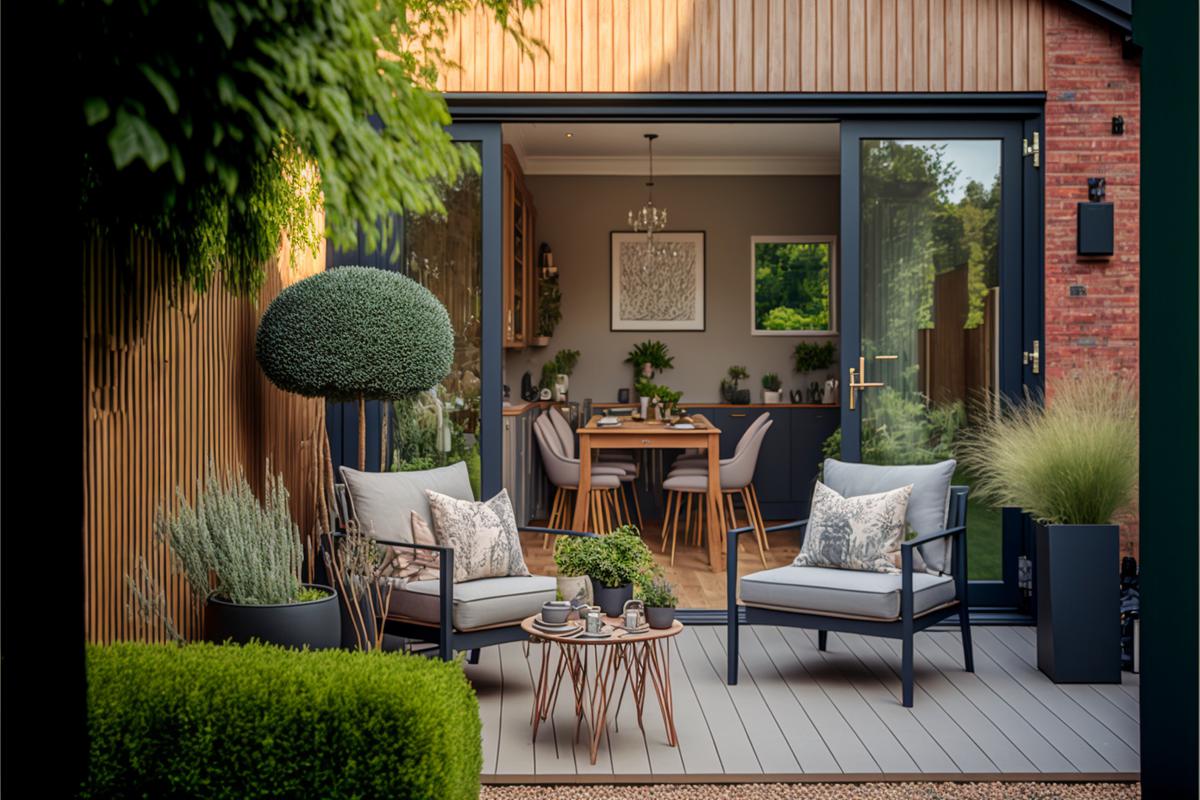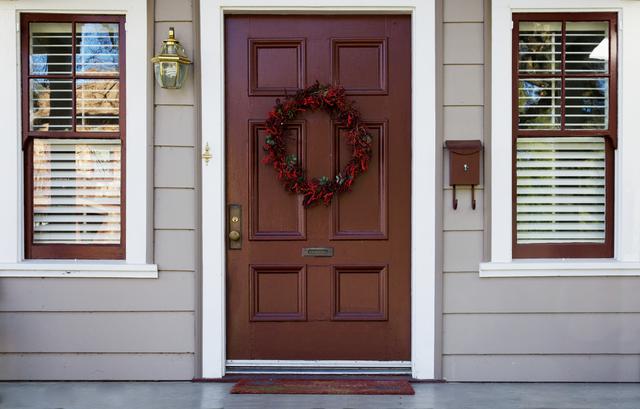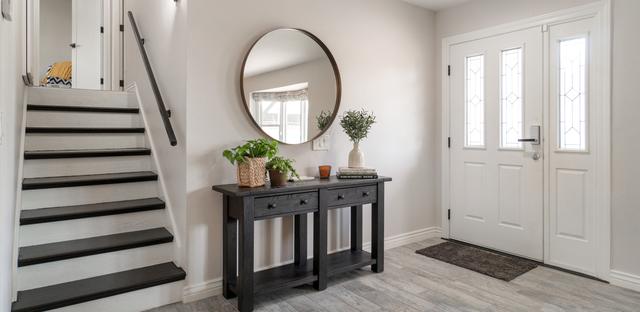Sliding glass doors are a popular addition to homes, offering a seamless connection between indoor and outdoor living spaces. Installing a sliding glass door requires a selection of materials to ensure a proper fit, energy efficiency, and aesthetic appeal. In this article, we'll discuss the key materials to consider when installing a sliding glass door in your home.
Sliding Glass Door Materials
The choice of materials for your sliding glass door will impact its appearance, durability, and energy efficiency. Here are some popular options:
Aluminum
Aluminum frames are lightweight, low-maintenance, and corrosion-resistant. They're an excellent choice for durability and a sleek, modern look.
Vinyl
Vinyl frames provide excellent insulation and energy efficiency. They're low-maintenance and available in a variety of colors to match your home's exterior.
Wood
Wood frames offer a warm, classic appearance and effective insulation. However, they require more maintenance to protect against warping and moisture damage.
Glass Options
Selecting the right glass for your sliding door is crucial for energy efficiency, privacy, and aesthetics. Consider the following options:
Double or Triple Pane
Double or triple pane glass provides better insulation and energy efficiency than single pane glass. Look for options with low-E coatings and argon gas-filled spaces for optimal performance.
Tinted Glass
Tinted glass offers privacy and helps reduce glare and heat gain from sunlight. Various tints are available to suit your needs and preferences.
Tempered Glass
Tempered glass is a safety feature that, when broken, shatters into small, less dangerous pieces. It's recommended for sliding glass doors to minimize injury risk.
Hardware and Accessories
Your sliding glass door's functionality and visual appeal can be enhanced with the right hardware and accessories:
Handles
Choose handles that complement your door's frame material and your home's overall design. Options include flush handles, pull handles, and locking mechanisms.
Tracks
Select a track system that ensures smooth operation and durability. Stainless steel or aluminum tracks are popular choices.
Weatherstripping
Installing weatherstripping along the edges of your sliding glass door will help improve energy efficiency by reducing drafts and heat loss.
Screen Door
A screen door allows fresh air in while keeping insects out. Choose a sliding screen door that matches the style and material of your sliding glass door.
Installation Materials
To ensure a proper fit and lasting performance, use the following materials during installation:
Flashing
Flashing helps prevent water intrusion around the door frame. Use self-adhering flashing tape or metal flashing to protect your door and adjacent surfaces.
Shims
Shims are essential for leveling and aligning your sliding glass door during installation. Use wood or plastic shims as needed.
Sealant
Apply a high-quality, waterproof sealant around the door's perimeter to prevent water infiltration and air leaks.
Choosing the right materials for your sliding glass door installation will ensure a beautiful, functional, and energy-efficient addition to your home. Consider door materials, glass options, hardware, and installation materials to create a seamless transition between indoor and outdoor living spaces.






comments